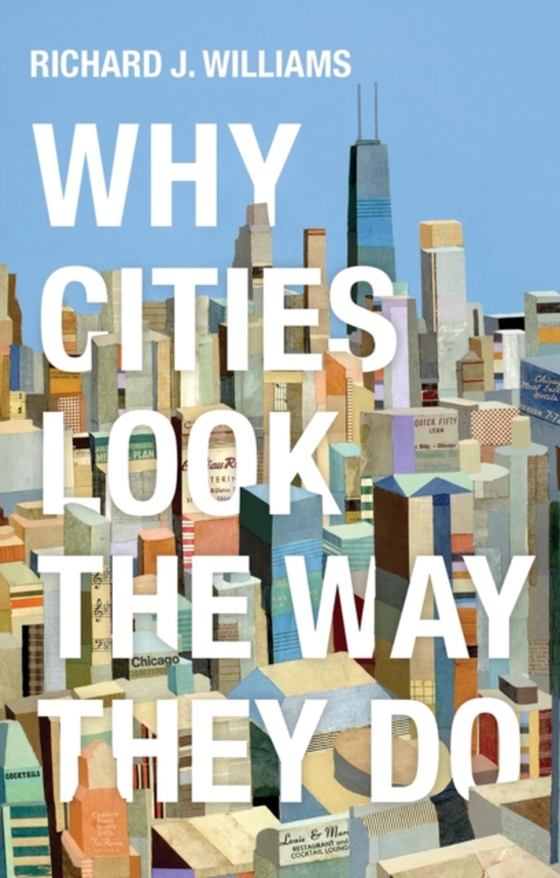
Why Cities Look the Way They Do e-bog
146,74 DKK
(inkl. moms 183,42 DKK)
We tend to think cities look the way they do because of the conscious work of architects, planners and builders. But what if the look of cities had less to do with design, and more to do with social, cultural, financial and political processes, and the way ordinary citizens interact with them? What if the city is a process as much as a design? Richard J. Williams takes the moment construction i...
E-bog
146,74 DKK
Forlag
Polity
Udgivet
8 august 2019
Genrer
JFSG
Sprog
English
Format
epub
Beskyttelse
LCP
ISBN
9780745691848
We tend to think cities look the way they do because of the conscious work of architects, planners and builders. But what if the look of cities had less to do with design, and more to do with social, cultural, financial and political processes, and the way ordinary citizens interact with them? What if the city is a process as much as a design? Richard J. Williams takes the moment construction is finished as a beginning, tracing the myriad processes that produce the look of the contemporary global city. This book is the story of dramatic but unforeseen urban sights: how financial capital spawns empty towering skyscrapers and hollowed-out ghettoes; how the zoning of once-illicit sexual practices in marginal areas of the city results in the reinvention of culturally vibrant gay villages; how abandoned factories have been repurposed as creative hubs in a precarious postindustrial economy. It is also the story of how popular urban clich s and the fictional portrayal of cities powerfully shape the way we read and see the bricks, concrete and glass that surround us. Thought-provoking and original, Why Cities Look the Way They Do will appeal to anyone who wants to understand the contemporary city, shedding new light on humanity s greatest collective invention.
 Dansk
Dansk

